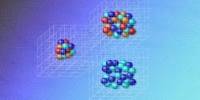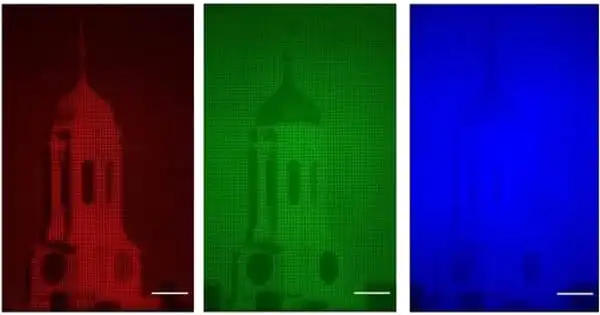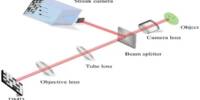Quantum mechanics is a field of physics that studies the behavior of very small objects such as atoms and subatomic particles. Particles in the quantum realm can have both wave-like and particle-like features, and their behavior is governed by probabilities rather than certainties. Researchers at the University of East Anglia have developed a new method for employing quantum light to ‘see’ quantum sound.
A new publication exposes the quantum-mechanical interaction between vibrations and light particles known as photons in molecules. The discovery is believed to help scientists better comprehend the interactions of light and matter on molecular sizes. It may also pave the way for basic questions concerning the impact of quantum effects in applications ranging from new quantum technology to biological systems to be addressed.
“There is a long-standing controversy in chemical physics about the nature of processes where energy from light particles is transferred within molecules,” said Dr Magnus Borgh of the University of East Anglia’s School of Physics.
Quantum optics techniques, which study the quantum nature of light and its interactions with matter on an atomic scale, can provide a mechanism to research true quantum phenomena directly in molecular systems.
Dr Magnus Borgh
“Are they fundamentally quantum-mechanical or classical? Molecules are complex and messy systems, constantly vibrating. How do these vibrations affect any quantum-mechanical processes in the molecule?
“Typically, these processes are investigated using techniques that rely on polarisation – the same property of light used in sunglasses to reduce reflections. However, this is a common occurrence. Quantum optics techniques, which study the quantum nature of light and its interactions with matter on an atomic scale, can provide a mechanism to research true quantum phenomena directly in molecular systems.”
The examination of correlations in the produced light from a molecule placed in a laser field can reveal quantum behavior. Correlations provide an answer to the question of how likely it is that two photons would be emitted in close proximity and can be tested using normal techniques.

Ben Humphries, a Ph.D. student in theoretical chemistry, at UEA, said: “Our research shows that when a molecule exchanges phonons — quantum-mechanical particles of sound – with its environment, this produces a recognizable signal in the photon correlations.”
While photons are routinely made and measured in laboratories around the world, individual quanta of vibrations, which are the corresponding sound particles, and phonons, cannot be quantified in the same way.
The new findings provide a toolset for further research into the domain of quantum sound in molecules. “We have also computed correlations between photons and phonons,” stated lead researcher Dr Garth Jones of the University of East Anglia’s School of Chemistry. It would be very exciting if our paper inspired the development of new experimental approaches for directly detecting individual phonons.
















